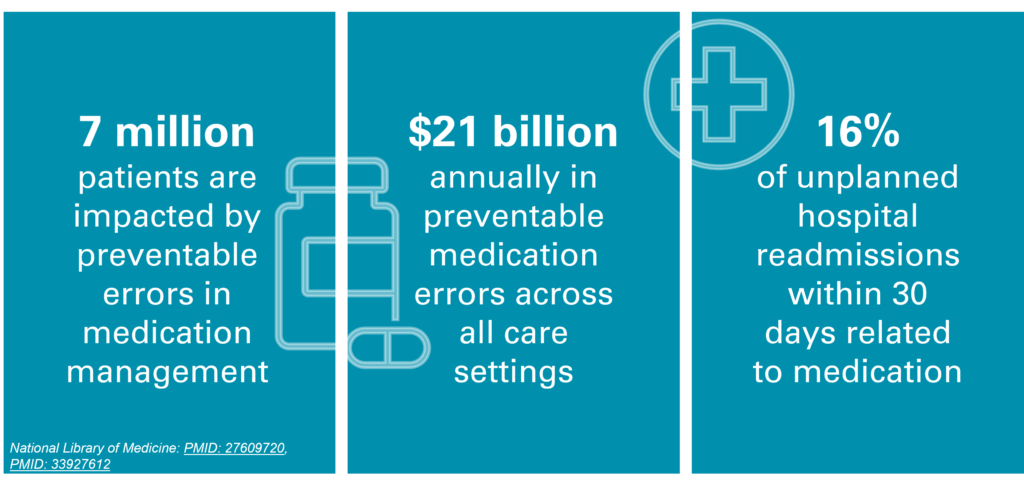Melissa Kozak
Aug 15 2023
Reading Time: 4 minutes
As nurses, we review these things during the start of care, but we all know that patients feel overwhelmed when they first get discharged from a hospital or a facility. They’re flooded with information to remember amid the stress of ongoing treatment.

Let’s take a look at some ways to consistently reinforce care plans, safety measures, and medication management strategies.
Real-time messaging
Whether it’s home health or hospice, most providers still use the telephone to communicate with patients and family members, and with each other. This manual method of communication creates an unnecessary back and forth, which can delay care. With real-time messaging, there are many benefits:
CitusHealth’s real-time messaging tools (both in-app and app-less) not only connect the patient and family to clinicians, but also bring the entire care team together.
Video chat capabilities
With secure video messaging, nurses can now get face-to-face with patients and families between visit to address questions and concerns. This kind of visibility can help care teams assess whether an emergency room visit is needed or educate patients and families on how to handle the situation at home.
Digital forms
Imagine if every day or every week between visits, you can send a simple form that asks three questions of the patient. It could be anything — are your feet and ankles swollen, have you gained more than five pounds, are you short of breath? By being able to send a form like this and get that data back, care teams can determine if a small concern is becoming a big concern and whether intervention is needed.
On-demand education
Good patient education correlates to positive outcomes. And the happiest patients and family caregivers are the ones who have the most education — not necessarily the most visits by clinicians. Digital tools can allow you to set up a library of on-demand education that can be accessed by the patient and family caregiver to safely maintain their independence, stay closer to the plan of care, and remind them of ongoing therapies they need.
EHR integration
By providing these digital tools, the lives of your clinicians will be easier and manual repetitive tasks will be reduced — ultimately impacting their work-life balance and allowing them to provide better care to their patients. Helping patients stay closely connected to their care teams and care plans can reduce unnecessary hospitalizations and staff turnover.
These are just a few examples of how digital touchpoints can be used to augment the in-person visit. More communication, not less, is what’s going to drive positive outcomes for patients.
Talk to a CitusHealth expert to learn more about the digital tools we provide that can better connect your care teams and those they serve.